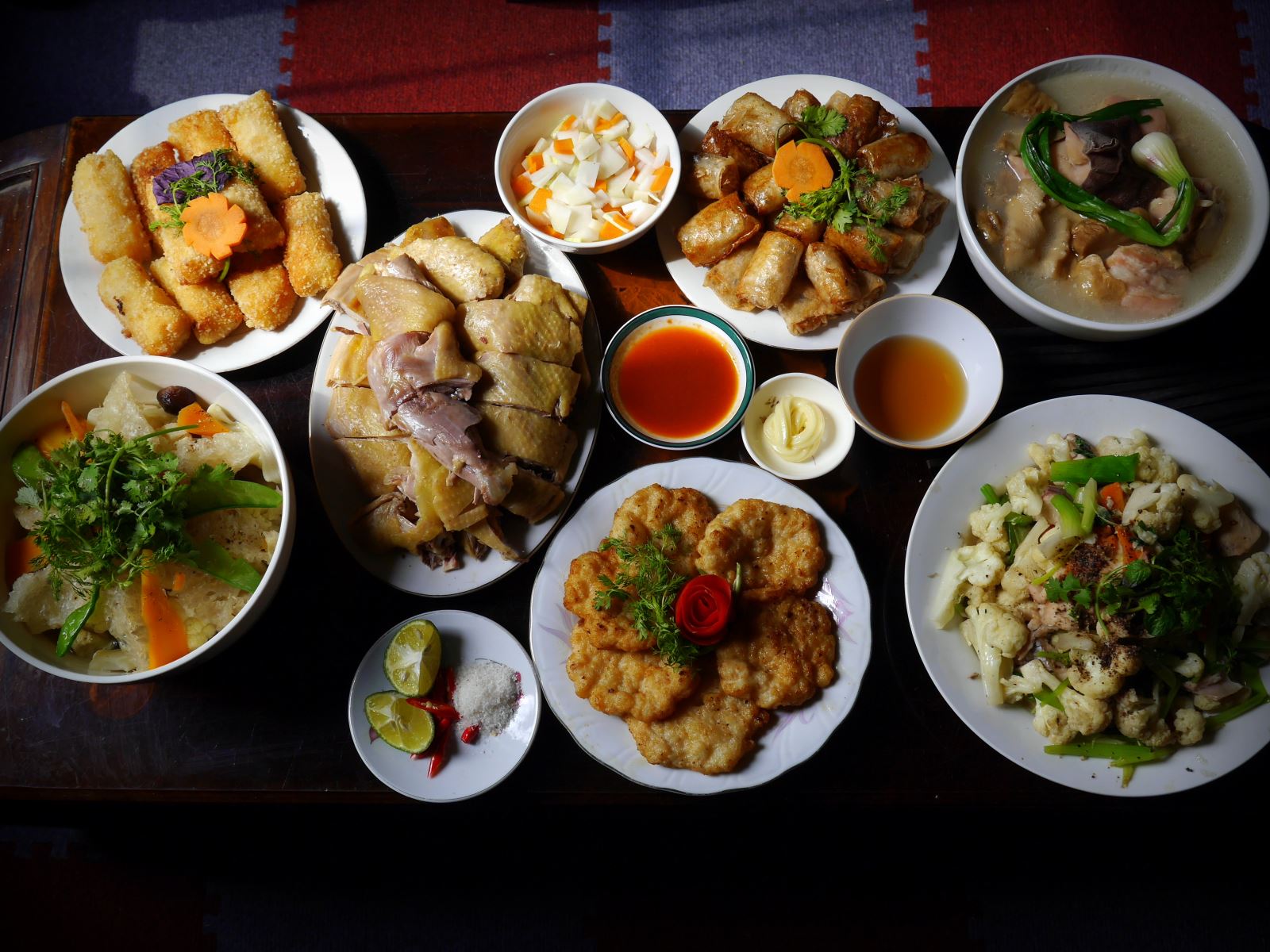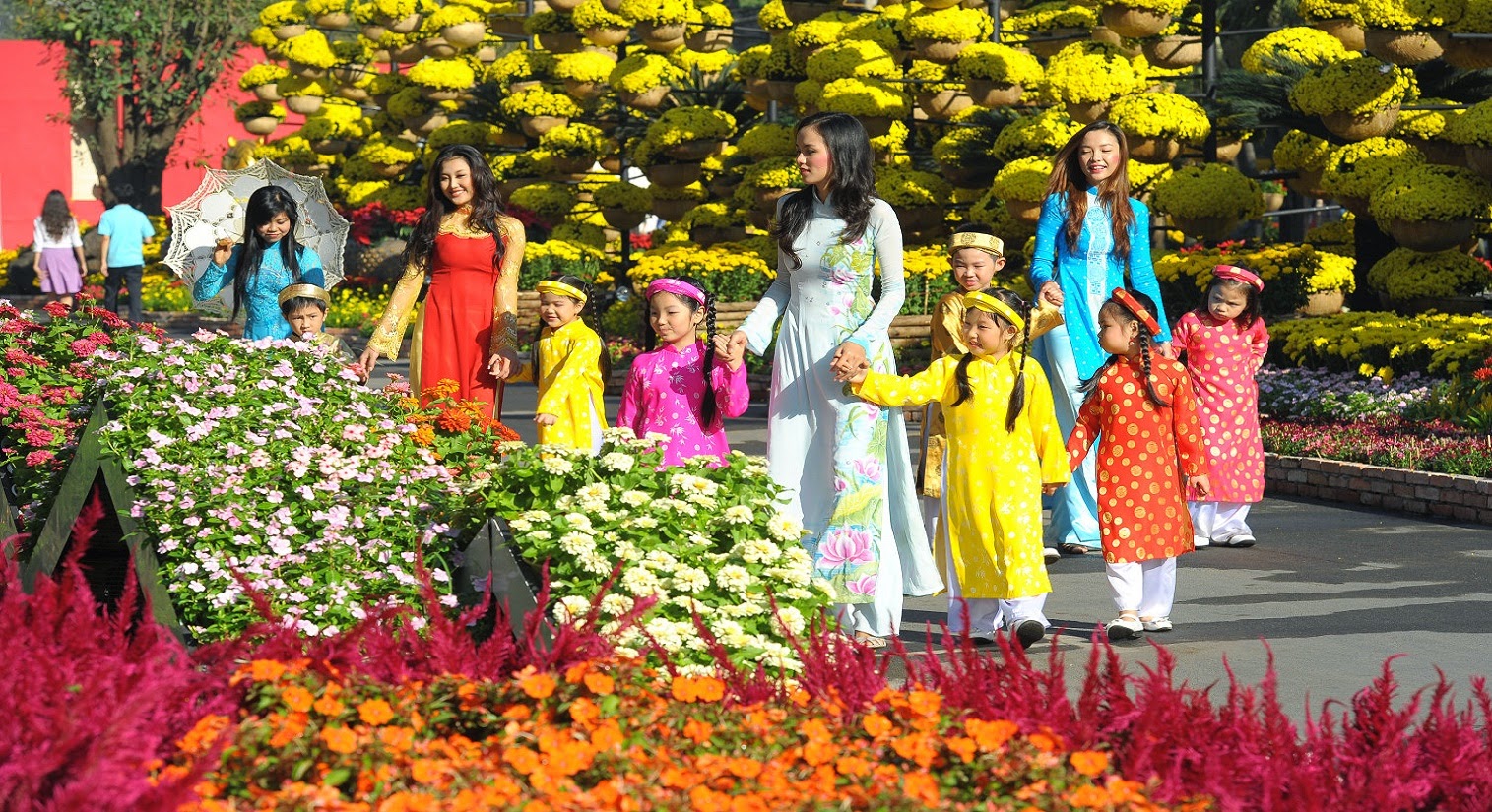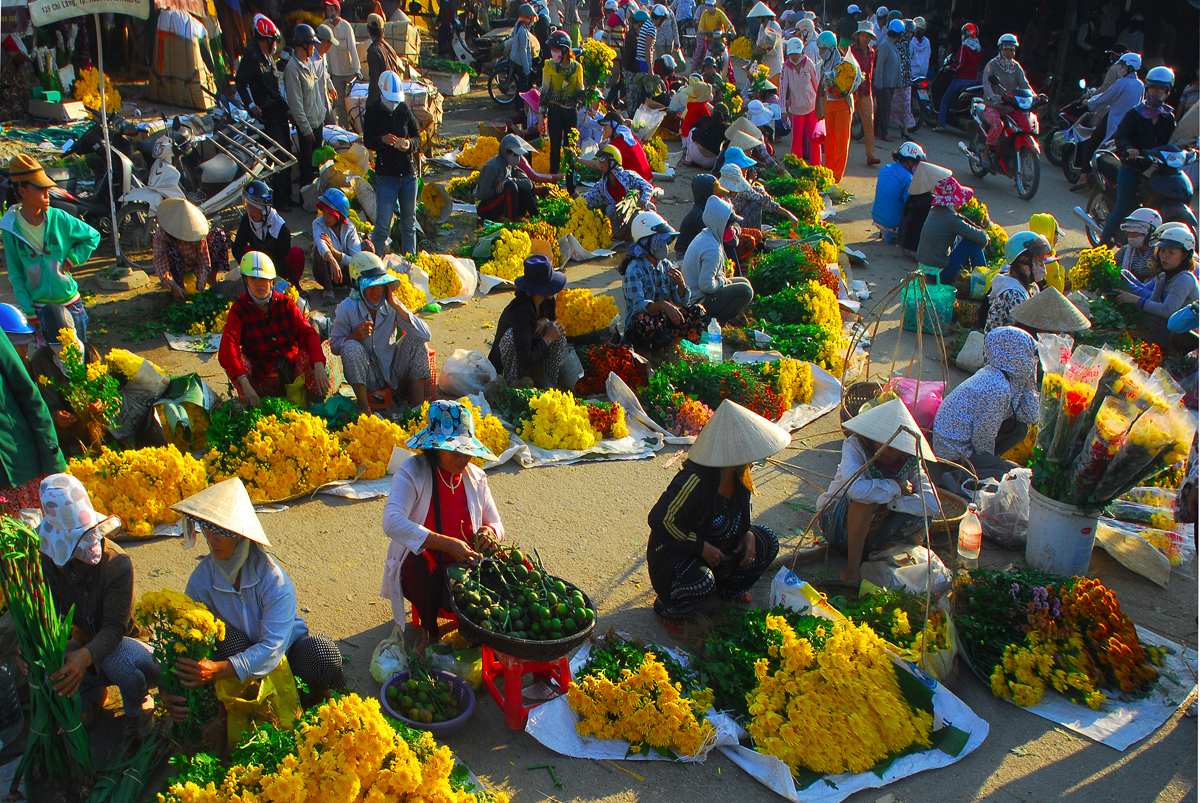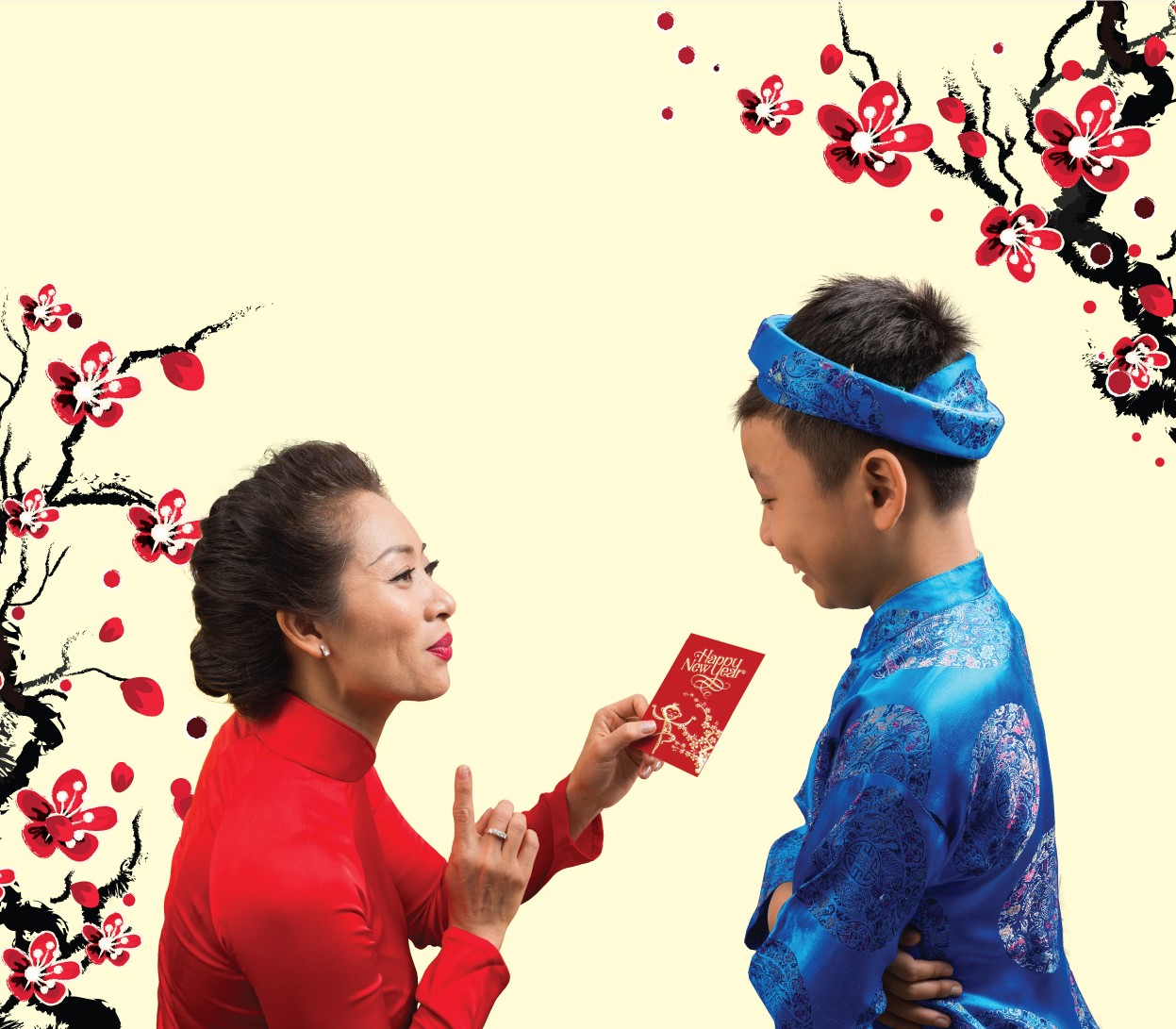
Tết celebrates the arrival of spring based on the Vietnamese calendar, which usually has the date falling in January or February.

Vietnamese people celebrate the Lunar New Year annually, which is based on a lunisolar calendar (calculating both the earth's movement around the sun and the moon around the earth). Tết is generally celebrated on the same day as Chinese New Year, except when the one-hour time difference between Vietnam and China results in new moon occurring on different days. It takes place from the first day of the first month of the Vietnamese calendar (around late January or early February) until at least the third day. Many Vietnamese prepare for Tết by cooking special holiday food and cleaning the house. These foods include bánh chưng, bánh dày, dried young bamboo soup (canh măng), giò, and sticky rice. Many customs are practiced during Tết, such as visiting a person's house on the first day of the new year (xông nhà), ancestor worship, wishing New Year's greetings, giving lucky money to children and elderly people, and opening a shop.

Tết is also an occasion for pilgrims and family reunions. They start forgetting about the troubles of the past year and hope for a better upcoming year. They consider Tết to be the first day of spring, and the festival is often called Hội xuân (spring festival).




















